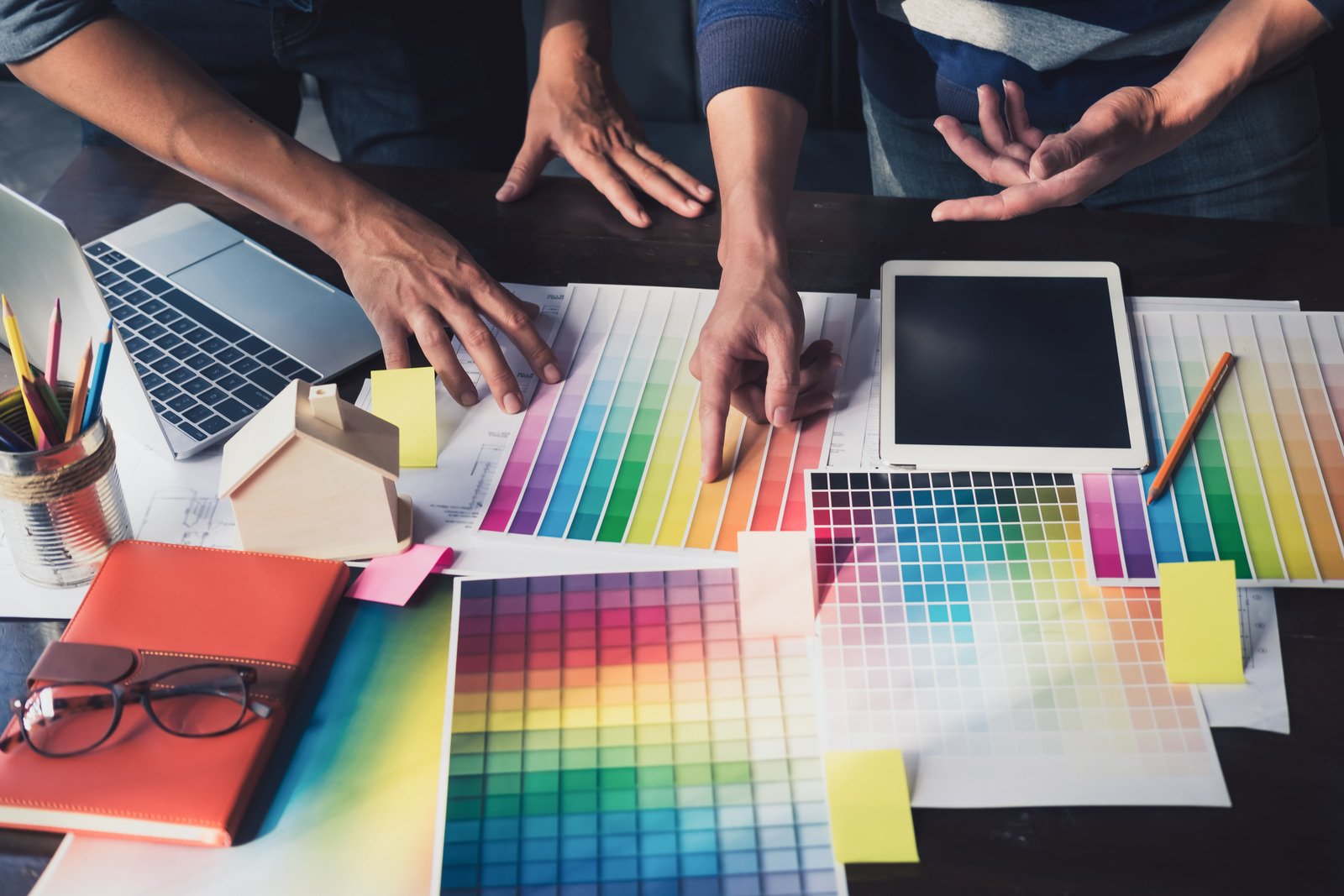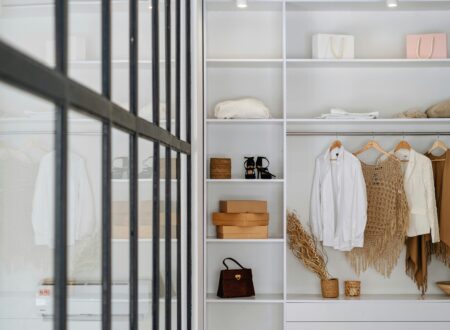In a world overflowing with information, visuals, and distractions, the principle of minimalist design has become more relevant than ever. The concept of “less is more” isn’t just a design aesthetic; it’s a mindset that emphasizes clarity, functionality, and purpose. From interior design to digital interfaces, minimalism is about stripping away the unnecessary and focusing on what truly matters.
In this blog, we’ll explore why minimalist design is powerful, how it enhances the user experience, and practical ways you can incorporate it into your life and work.
1. What is Minimalist Design?
Minimalist design is characterized by simplicity, clean lines, and a focus on essential elements. It eliminates excess and avoids clutter, ensuring that every piece in a space or every element in a layout serves a clear purpose.
Core Principles of Minimalism
- Simplicity: Removing unnecessary components to achieve clarity.
- Functionality: Every element should serve a purpose.
- Clean Aesthetic: Use of neutral colors, whitespace, and simple typography.
- Focus on Quality: Fewer elements mean you can focus on craftsmanship and detail.
The goal is not to create something empty but to create something intentional.
A Timeless Approach
Minimalist design has roots in several cultural and artistic movements, including Japanese Zen philosophy and the Bauhaus movement. Its timelessness lies in its ability to let content, products, or space breathe and speak for themselves.
2. Why Minimalism Matters: The Benefits of Less
Beyond aesthetics, minimalist design has practical and psychological benefits. In a fast-paced world where people are constantly bombarded with information, minimalism provides relief and clarity.
Improved Focus & User Experience
In both physical and digital spaces, clutter can be distracting. Minimalist design reduces visual noise, allowing users to focus on what’s important. This is why many leading tech companies, like Apple and Google, favor clean, simple interfaces.
Enhanced Functionality
When unnecessary elements are removed, usability improves. Minimalist websites and apps are easier to navigate, minimalist interiors are more functional, and minimalist fashion often results in timeless, versatile wardrobes.
Emotional Well-being
Studies have shown that cluttered environments can increase stress and anxiety. Minimalist spaces foster a sense of calm, order, and intentional living.
Sustainability & Conscious Consumption
Minimalism encourages people to buy less but better. Instead of accumulating cheap, low-quality items, minimalists invest in high-quality, lasting pieces—whether it’s furniture, clothing, or digital tools.
3. Where You’ll See Minimalist Design in Action
Minimalist design isn’t limited to architecture or art galleries. It’s everywhere—from branding and packaging to technology and lifestyle choices.
Interior Design
Minimalist interiors are defined by neutral palettes, functional furniture, natural light, and uncluttered spaces. Scandinavian and Japanese-inspired homes, in particular, have popularized this look.
Common minimalist interior features:
- Open, airy spaces
- Neutral color schemes (white, beige, gray, soft pastels)
- Simple, functional furniture
- Thoughtful use of decor, with no unnecessary embellishments
Web & Graphic Design
Minimalism is a key trend in digital design because it helps users easily find information without distraction.
Key traits of minimalist web design include:
- Ample white space
- Simple typography
- Limited color palettes
- Clear, purposeful calls-to-action
- High-quality imagery without clutter
Fashion & Lifestyle
The minimalist lifestyle goes beyond design—it’s a philosophy of intentional living. In fashion, it shows up as capsule wardrobes filled with high-quality, neutral, and versatile clothing.
In lifestyle, it manifests in decluttering, mindful consumption, and focusing on meaningful experiences over material possessions.
4. How to Incorporate Minimalist Design in Your Life
Embracing minimalism doesn’t mean getting rid of everything you own or living in a white, empty room. It’s about making conscious choices and prioritizing function, quality, and beauty.
Start with a Declutter
Whether it’s your home, workspace, or digital devices, begin by removing anything that doesn’t serve a clear purpose or bring you joy. Ask yourself:
- Do I use this?
- Does it add value to my life?
- Is it distracting from something more important?
Prioritize Quality Over Quantity
Instead of constantly buying new things, invest in well-made, long-lasting items. Fewer, better things will make your life less cluttered and more meaningful.
Embrace White Space
In design, white space (or negative space) is crucial. It creates breathing room and improves readability. Apply this principle in your home, on your website, or even in how you structure your day—leave space for rest and reflection.
Be Intentional with Color & Typography
Stick to a neutral or limited color palette and use simple, legible fonts. This creates harmony and prevents visual overload.
Design for Function
Whether arranging furniture or designing a website, ensure that everything has a purpose and enhances usability. Form should always follow function in minimalist design.
Final Thoughts
The beauty of minimalist design lies in its simplicity, clarity, and power to cut through the noise. It’s not about living with nothing—it’s about living with intention. When you remove the excess, you make room for what truly matters.
By embracing the “less is more” philosophy, you can transform not only your living spaces and creative work but also your mindset and lifestyle. Minimalism invites us to focus, slow down, and appreciate the things that add true value to our lives.





